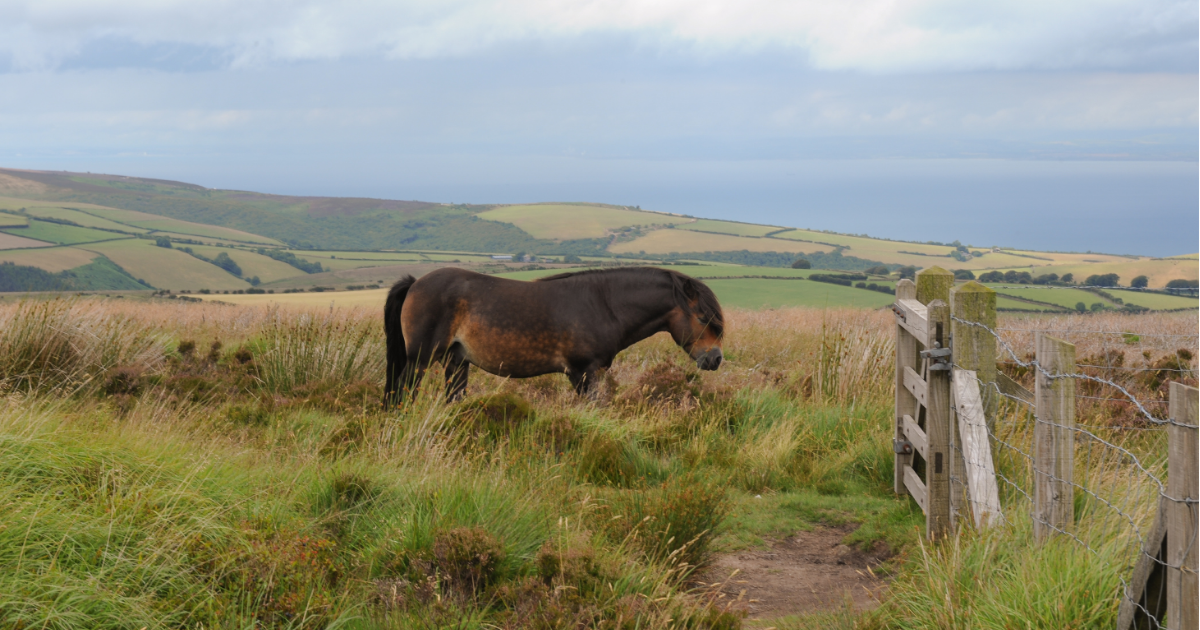
Facts About Exmoor
Facts About Exmoor
Here at Calvert Exmoor, we’re lucky enough to be surrounded by stretches of Exmoor’s stunning landscape. Our accessible site is set amongst beautiful rolling hills, putting you in a prime position to enjoy the peaceful national park spanning across moorland, water and woods.
As a local charity in Devon, we love to make the most of our surroundings – Exmoor National Park is a renowned area of natural beauty and makes an excellent location for exciting adventure breaks with lots of outdoor activities!
Here, we share some of our favourite Exmoor facts to help you get to know the place a little better…
- It is named is after the River Exe, which has its source on the moors – in fact the national park is made up of picturesque valleys and meandering streams and rivers that flow through the rugged land to the sea
- Exmoor is teeming with flora and fauna, making it a great place to visit for those who love wildlife and celebrating the natural world. Exmoor is home to unique plants that don’t grow anywhere else, including various species of the whitebeam tree and a plethora of nationally rare plants, including lichens which have only been found on one specific Exmoor tree

- Exmoor serves as a vital habitat for one of Britain’s rarest butterflies, the heath fritillary butterfly
- The site acts as a sanctuary for England’s largest Red Deer population
- It is also home to the exceedingly rare Exmoor pony, a breed with historical significance dating back to the Domesday Book of 1086. These native ponies are free to roam the moors, with twenty different herds grazing across various commons. There is nothing more exciting than crossing paths with these lovely creatures during a walk or drive through the moors.
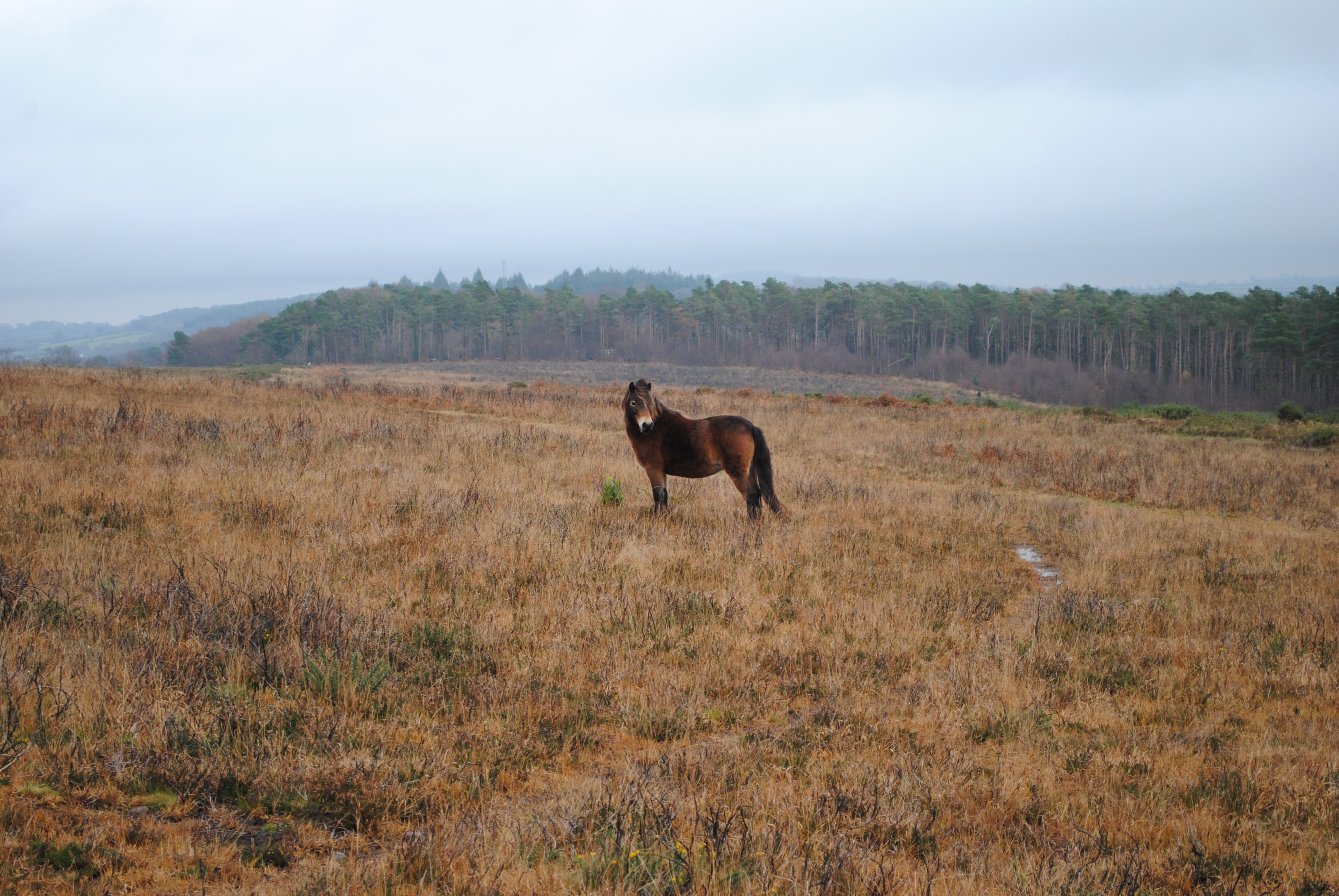
- Exmoor boasts England’s highest cliffs. The highest cliff is named Great Hangman, with a spectacular 800ft cliff face looming over the roaring waves below.
- As well as having the highest cliff, Exmoor can also claim one of the most isolated stretches of coastline as the cliff’s extreme heights make the shoreline extremely remote.
- Once situated in the southern hemisphere, Exmoor’s geological formations now stand testament to millennia of continental drift, offering insight into the Earth’s dynamic history.
- Steeped in history, Exmoor boasts a wealth of archaeological sites, including prehistoric monuments and medieval structures, each telling a tale of bygone eras.
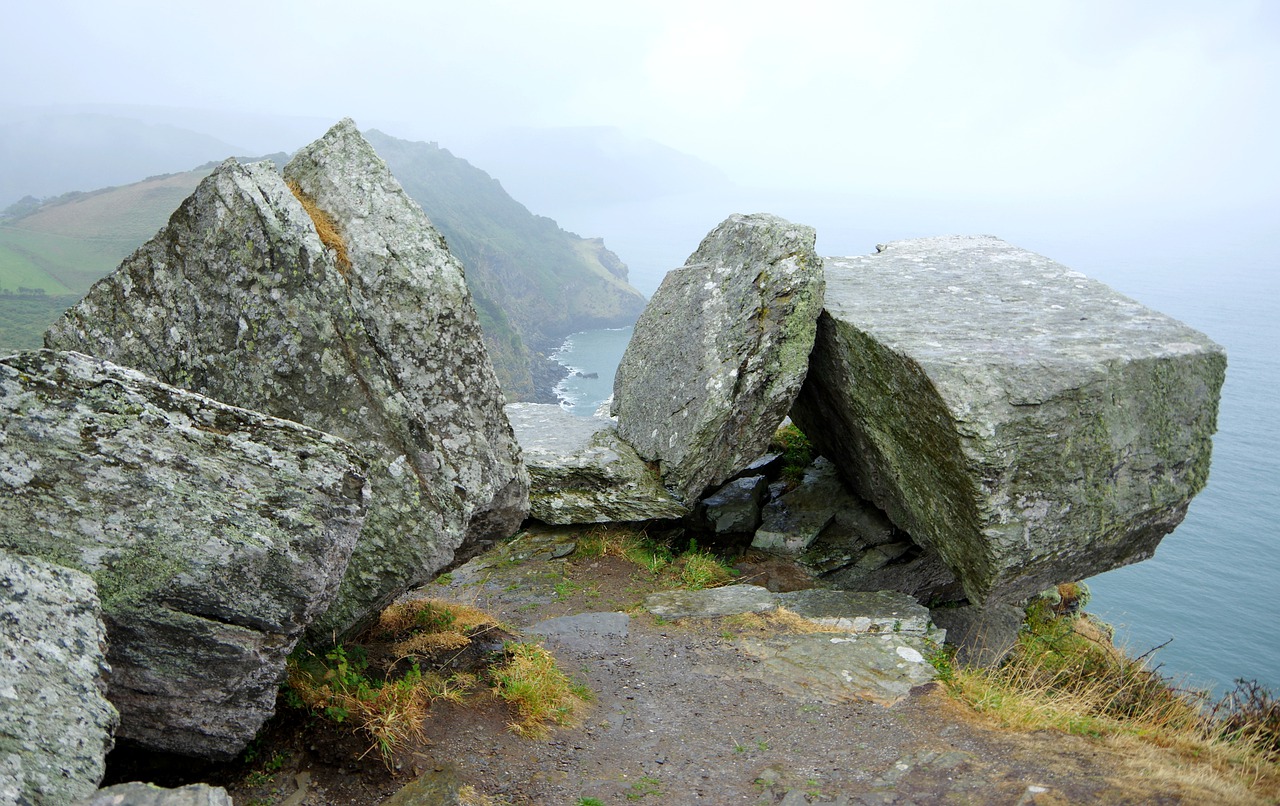
- Despite its geological significance, Exmoor remains sparsely populated, offering a serene retreat characterised by quaint villages and secluded cottages. Only 10,000 people live in the 692 km² National Park area across Somerset and Devon
- Countless writers and poets have been inspired by the stunning views and natural beauty found at Exmoor. Early Romantic poets William Wordsworth and Samuel Taylor Coleridge are among just some of the most notable examples. Calvert Exmoor itself has a connection to Wordsworth too as our name ‘Calvert’ comes from his friend Raisley Calvert, to whom he dedicated a poem to
- There is an Exmoor Beast (reportedly). Eyewitnesses have described seeing a large, black cat-like creature roaming various locations, with the first sighting being reported in the 1970s. Since then, there have been numerous alleged sightings of the Beast despite no real concrete evidence that big cats are roaming the wilds of Exmoor

What have we missed? There’s bound to be loads of facts and fun information because Exmoor has countless history, nature and wonders just waiting to be discovered and explored! Why not get a taste of what the national park has to offer by visiting us at Calvert Exmoor? Exmoor is the perfect backdrop for our exciting and inclusive adventure activities.
To find out more about our site and the kinds of activities we offer, you can get in touch by calling 01598 763221 or emailing receptionexmoor@calvert-trust.org.uk.

Why we love North Devon and Exmoor
The Calvert Exmoor centre is right in the heart of North Devon, surrounded by green fields, forests, and the best that nature has to offer.
But if you look around the area, there is so much more to enjoy alongside our activities and the views of Wistlandpound Reservoir.
Here’s why we love North Devon and Exmoor, showcasing how an accessible break at Calvert Exmoor could feature so much more than our onsite activities…
The beaches
The obvious place to start! North Devon beaches are known to be some of the best in the UK for families, sunbathers and surfers.

Woolacombe Beach regularly sits in Trip Advisor’s list of top 10 UK beaches, whilst the golden sands at beautiful locations like Croyde Beach and Saunton Sands are popular for their long golden stretches of sand and cracking surf. These three beaches are each just a 30 to 40-minute drive from the Calvert centre.
There are many more hidden gems along the coastline too. The nearest beach to Calvert Trust Exmoor is at Combe Martin, 10 minutes away, and Lynmouth’s pebbled beach is 20 minutes away with spectacular views.
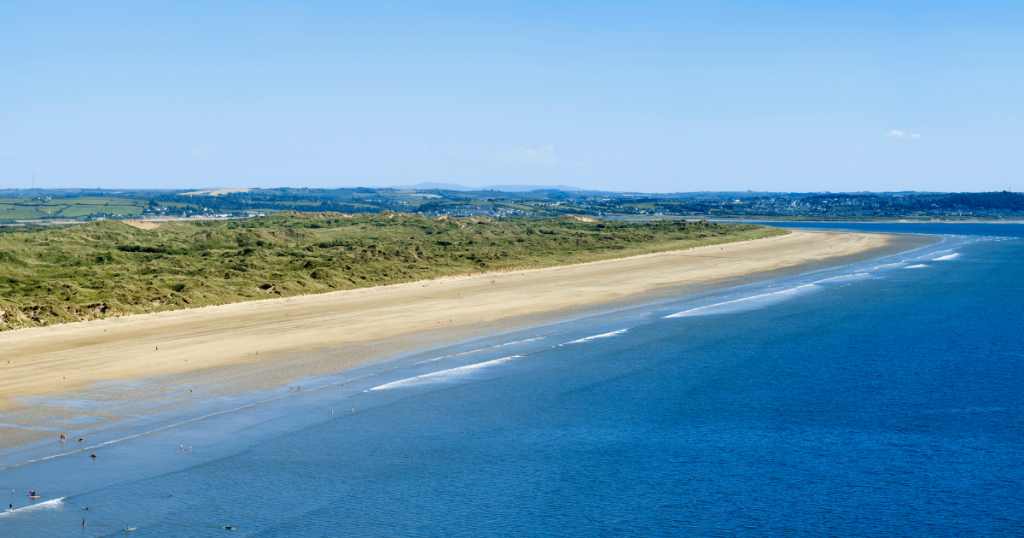
Accessible Access
What makes the key beaches of North Devon so popular is the fact that many are fully accessible for wheelchair users. There are ramps to the sand rather than steps, and specialist beach wheelchairs are available to hire – ask at information points, Visitor Centres or shops and cafes at each location for details.
Exmoor National Park
Exmoor is a National Park that’s shared between North Devon and Somerset. Anyone who spends time here will understand why Exmoor is our namesake, it’s one of the main reasons why we love North Devon and it’s right on our doorstep!



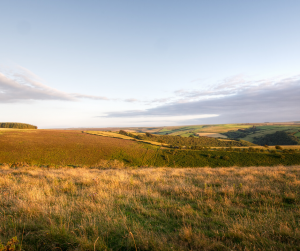
The Exmoor Ponies
Ponies, roaming free, what’s not to love?
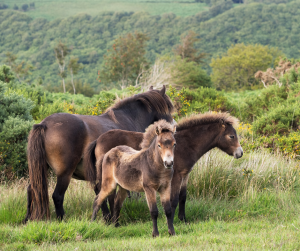
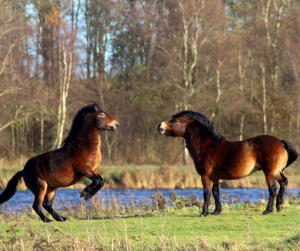
The quiet, remote roads
If you enjoy driving through the countryside and don’t mind winding roads, we certainly recommend driving through Exmoor when travelling to and from the centre. And if you’re not afraid to go off the beaten track, there are many quiet spots to take in the views. Find a perfect place to stop, relax and enjoy the moment.
You might even spot the abundance of Exmoor wildlife such as deer and birds of prey.
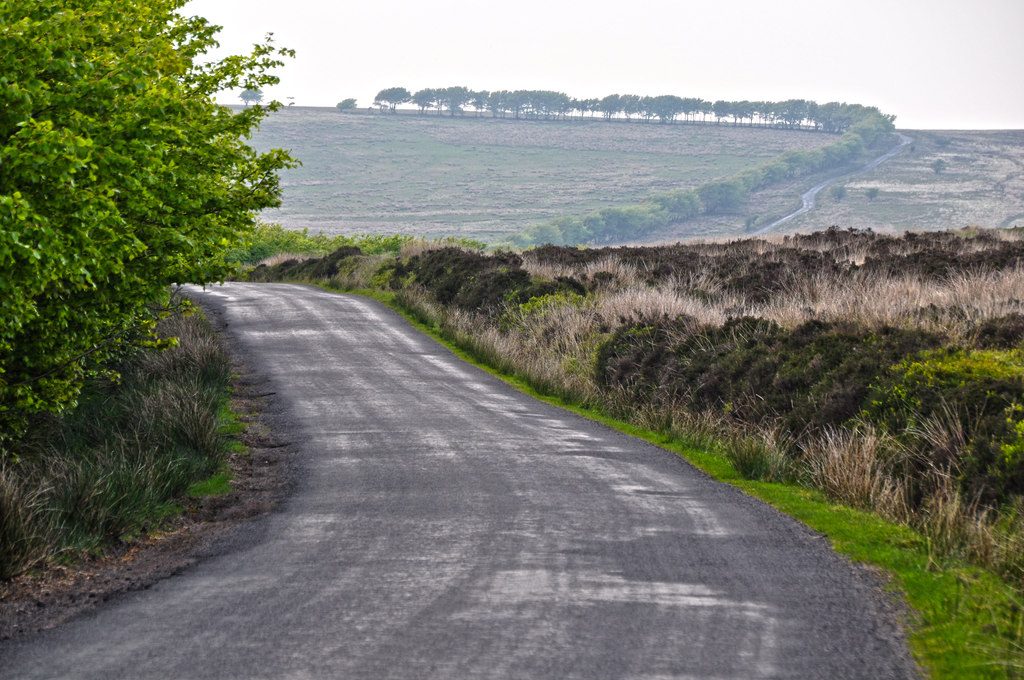
The unique Exmoor locations
If you’d like to visit a specific place, there are a few key locations to mention.
The villages of Lynton and Lynmouth are a focal point of Exmoor, connected by a 130-year-old Cliff Railway – the world’s highest and steepest water-powered railway. Lynmouth, has a stone beach with a dramatic coastline and a seaside town feel.

Just outside Lynton is the Valley of Rocks, a dry valley that is a popular tourist destination, with feral goats and stunning views. The main path is easy to walk as it is flat and tarmacked, despite being narrow on the side of the cliff. It can be suitable for people with impaired mobility looking for a walk but is not recommended for wheelchairs due to a lack of passing places.

Porlock is a quaint village in Exmoor that is popular with visitors, whilst Porlock Weir is a small but beautiful place by the water’s edge.
Inland, Simonsbath sits high on the moors, ideally located for walks and sightseeing. The tiny village is remote but is only a 15-minute drive from Calvert Exmoor.
Meanwhile, the historic Tarr Steps are found 30 minutes from the centre. The walks around Tarr Steps are beautiful, walking alongside the river through the woods. Sadly the site is not that accommodating for wheelchair users due to its rugged location and natural paths, but a visit would suit those looking for fresh clean air and to lose themselves in nature.
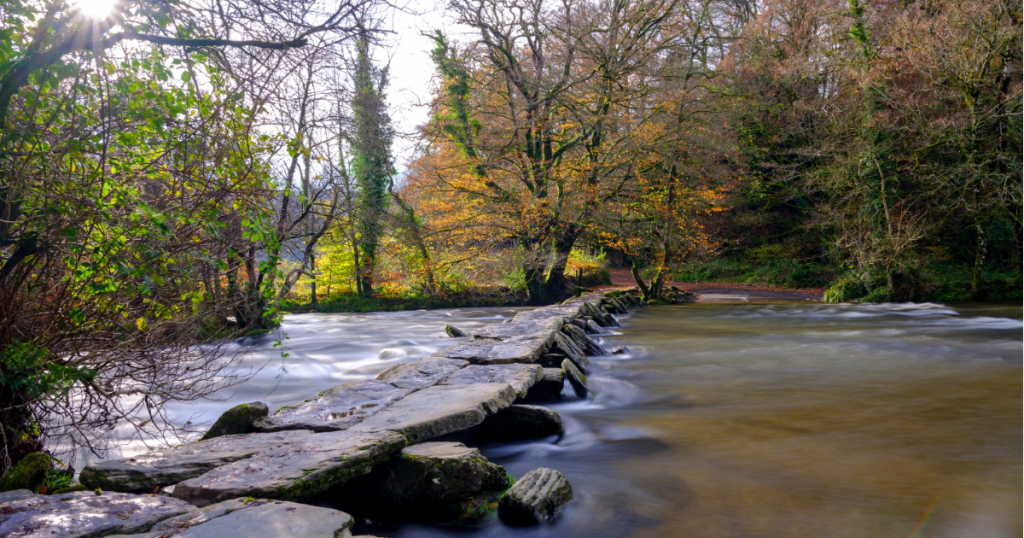
A wide range of attractions and days out
We’ve already spoken about Lynton and Lynmouth, but there are many towns and villages in North Devon to visit.
Barnstaple is the unofficial ‘capital’ of North Devon and is the place to shop popular high-street brands and independent retailers.
Ilfracombe and Combe Martin (which is 10 minutes down the road from us) are popular with our guests who want to explore rockpools, see striking coastal views, enjoy an ice-cream and pick up some souvenirs. Ilfracombe is also the home of Verity, by Damien Hurst – the second tallest statue in the UK.

Looking for a day out for all the family? Not a problem in North Devon…
Exmoor Zoo – a small but complete zoo, just down the road from the Calvert Exmoor centre. Home of wolves, cheetahs, African wild dogs, and many varieties of big cats including the famous Exmoor Beast!
Combe Martin Wildlife and Dinosaur Park – another family-friendly zoo with the added twist of electronic dinosaurs around the park. There is also an indoor soft play area for younger children. Animals include lions, penguins, and sea lions who take part in a daily show.
Quince Honey Farm – a unique attraction where visitors can discover more about bees, honey, and beekeeping. A visit can include beekeeping experiences, talks and tours, honey tasting, family crafts, activities critter encounters, and indoor play.
Arlington Court – a historic house and gardens, also found around the corner from the Calvert Exmoor centre. Our guests choose to visit Arlington for walks through the grounds and to see the house and carriage museum. Trampers and shuttle buses are available for those who need them.

Please speak to a member of the Calvert Exmoor team about visiting any of the places mentioned here, either over the phone or at reception, and we’ll do our best to provide more advice.
When visiting Calvert Exmoor for an adventure break, there are several opportunities to explore North Devon…
Check-in is from 4pm, giving you most of the day to see the views and attractions on the journey to us. Then on your final day, check-out is 10am, which frees up the rest of the day to do as you wish before heading home.
Many of our guests staying for a week-long break choose to take a day away from the centre to see more of North Devon and to have a wonderful day out.
For more information about how an accessible break in North Devon at Calvert Exmoor, call 01598 763221.
